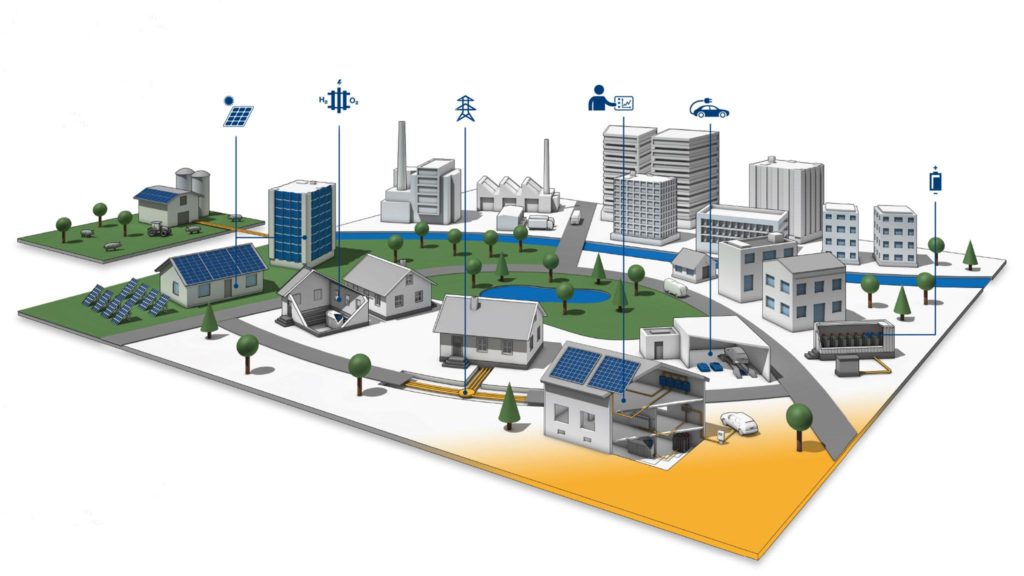H2-ready pipe segment with fitted, cutaway type IV pressurised hydrogen storage tank
The exhibit illustrates the pivotal role hydrogen can assume as an energy carrier in the transport and energy system of tomorrow. It also shows how closely these sectors will be linked by different technologies.
A cutaway composite tank shows how hydrogen can be stored for mobile applications. Tanks like this are used, for example, in hydrogen vehicles, mobile and stationary small-scale storage systems. Moreover, this composite tank, fashioned in a modified technical configuration, offers insight into prospective applications in aviation. The showcased pipe section is crafted from H2-compatible steel.
The DLR Institute of Networked Energy Systems is engaged in research concerning hydrogen quality analysis for fuel cells, acknowledging that the quality of hydrogen may be influenced by its storage and transportation.
The Institute’s Urban and Residential Technologies department investigates the integration of hydrogen into the energy infrastructure in terms of process engineering. It also delves into materials technology aspects pertaining to hydrogen storage and transport, including the impact on hydrogen quality via trace gas analysis.
The Institute’s ‘Sector Integration – Gas Technology’ research group is devising solutions to transition this sector, presently dominated by natural gas, towards a prominent role in the future, emphasising the utilisation of synthetic gaseous energy sources such as hydrogen. The gas network infrastructure needs to be adapted for this. The DLR researchers are looking at the entire process chain, spanning from the systematic production of these energy sources to cavern storage and transport networks, through to application scenarios.
The Sector Integration – Mobility research group is exploring technologies at the interface between the vehicle and the power grid. The focus here is on propulsion systems based on electricity, hydrogen and synthetic hydrogen compounds. Owing to their ability to be fed back into the electricity grid, these approaches have great potential for flexibility.
Links:
German Aerospace Center (DLR)
Institute of Networked Energy Systems
Dr. Alexander Dyck · Email Alexander.Dyck@dlr.de

